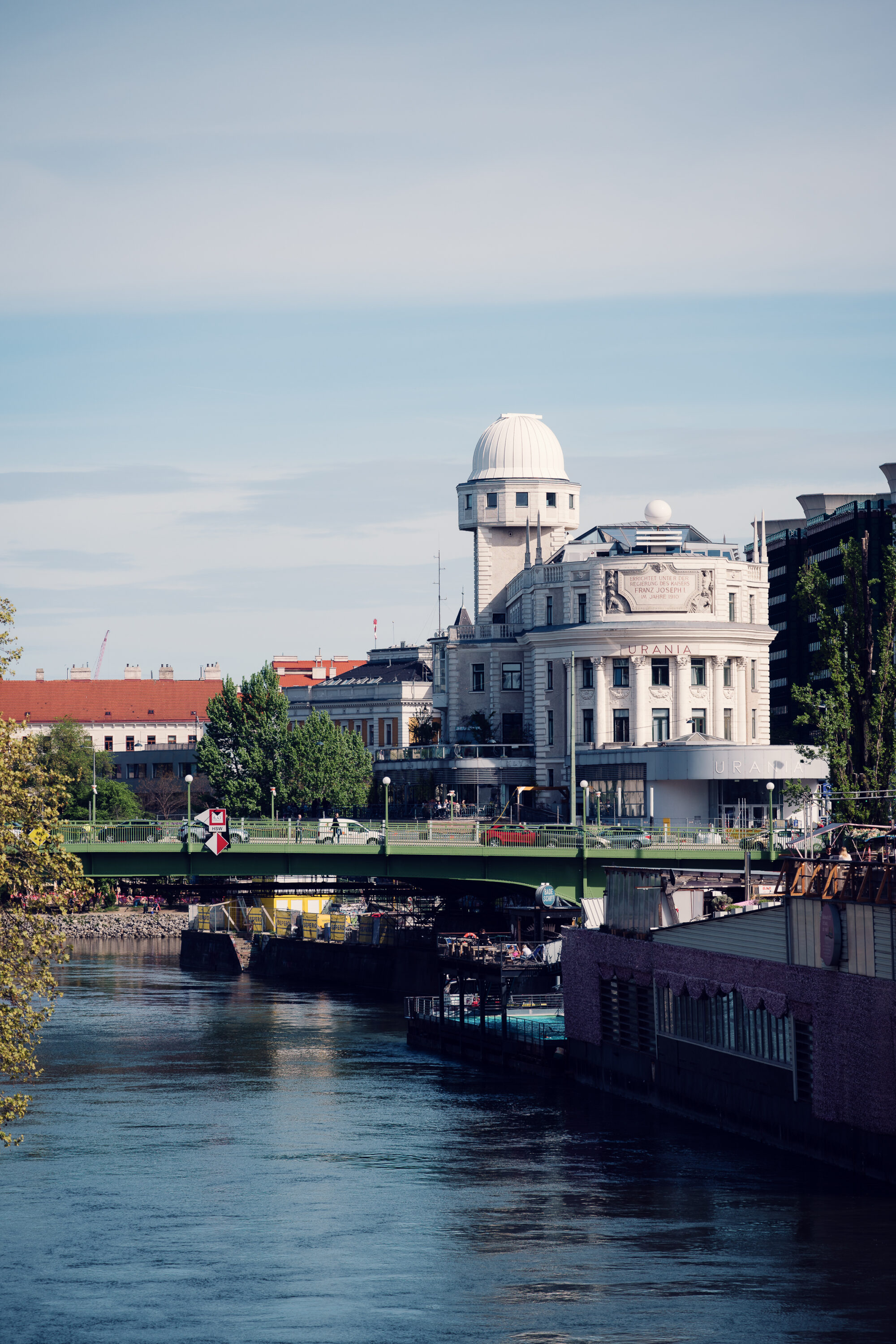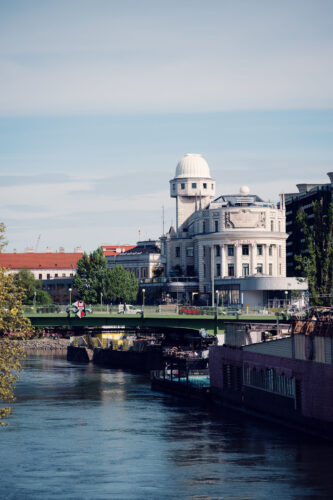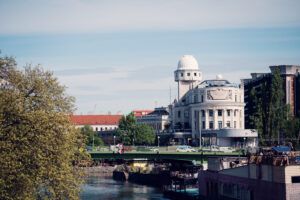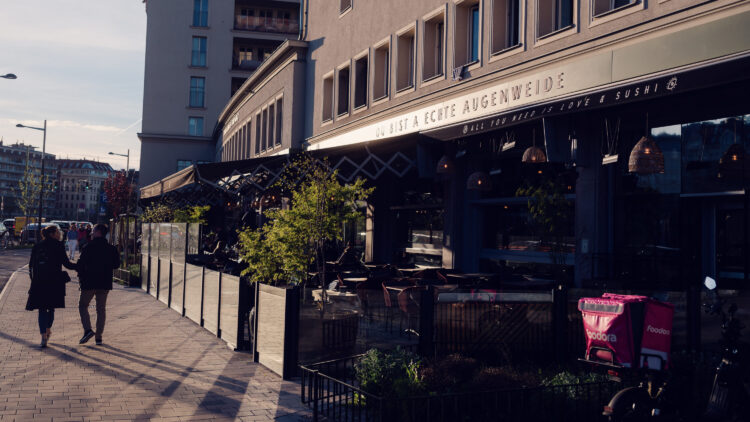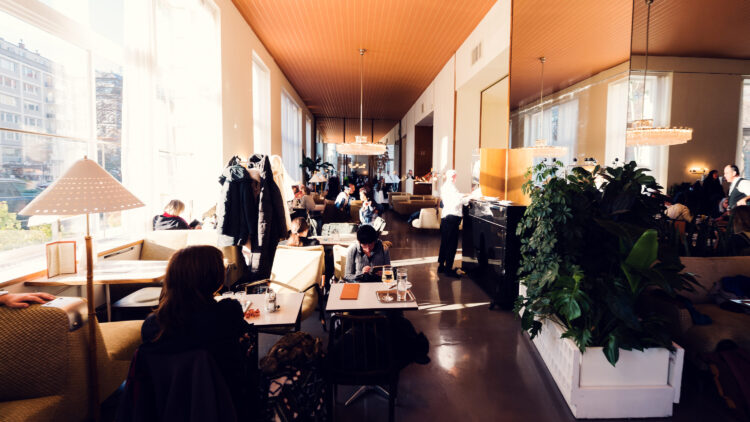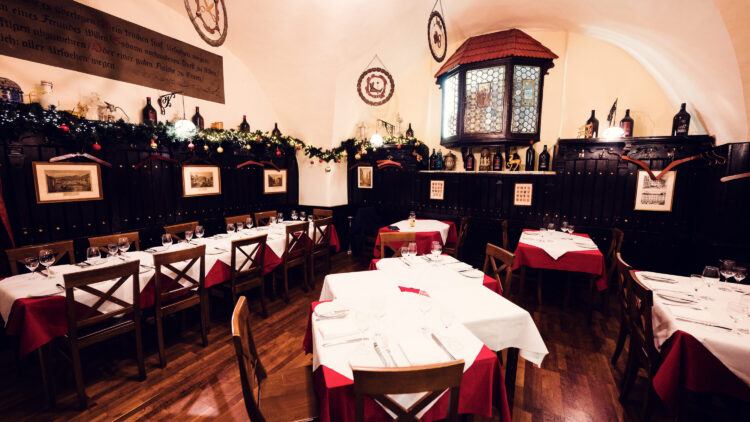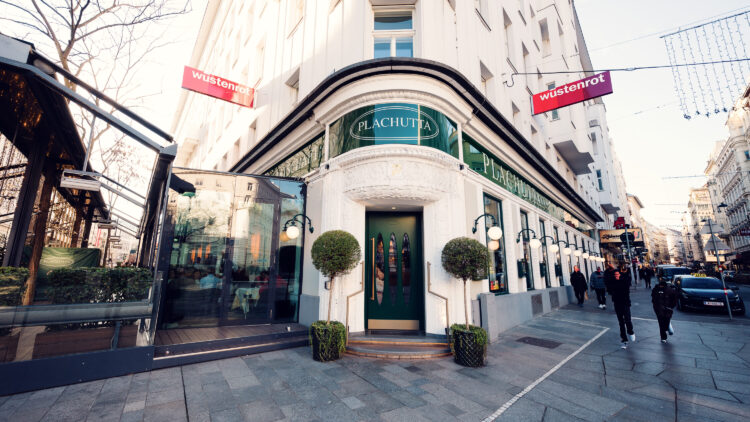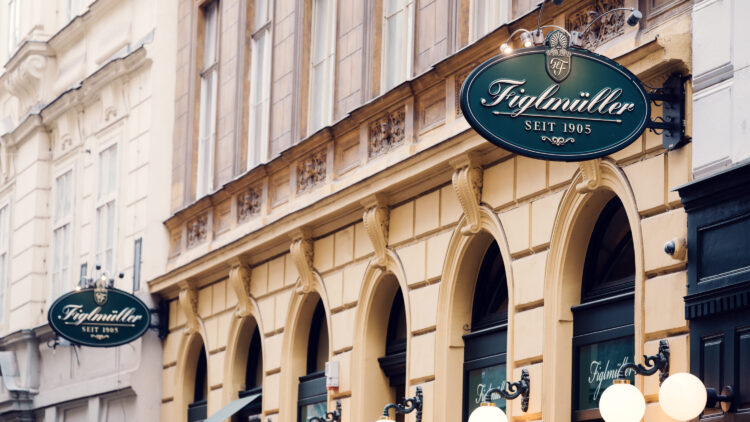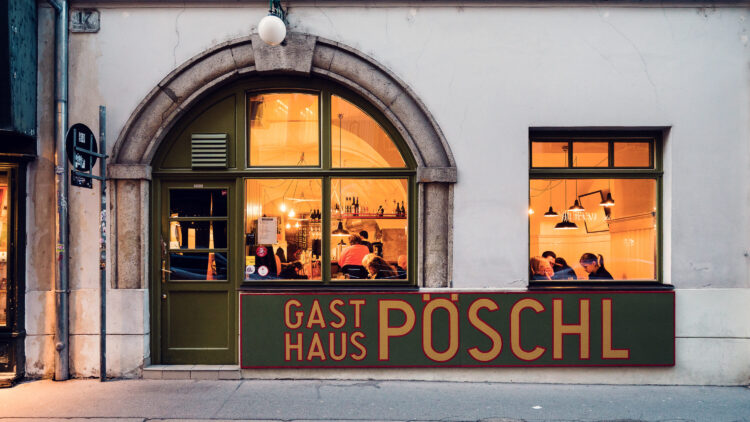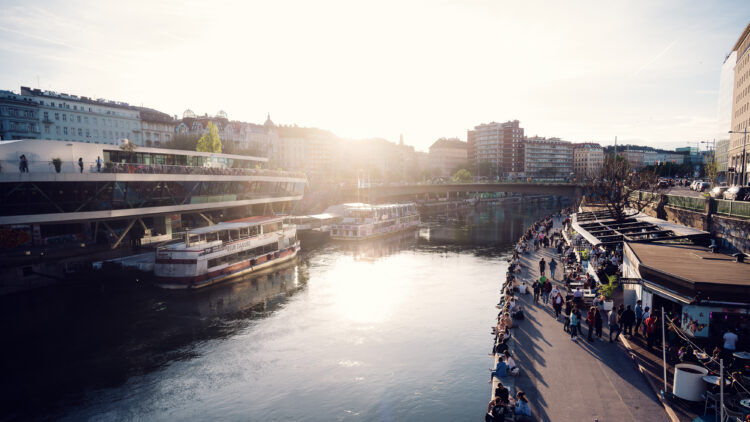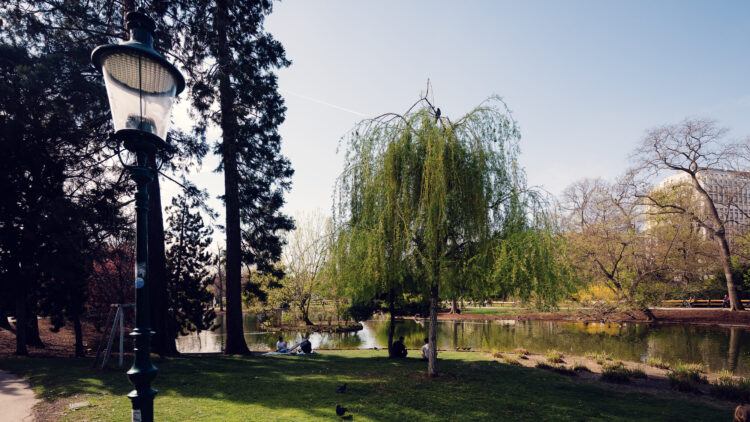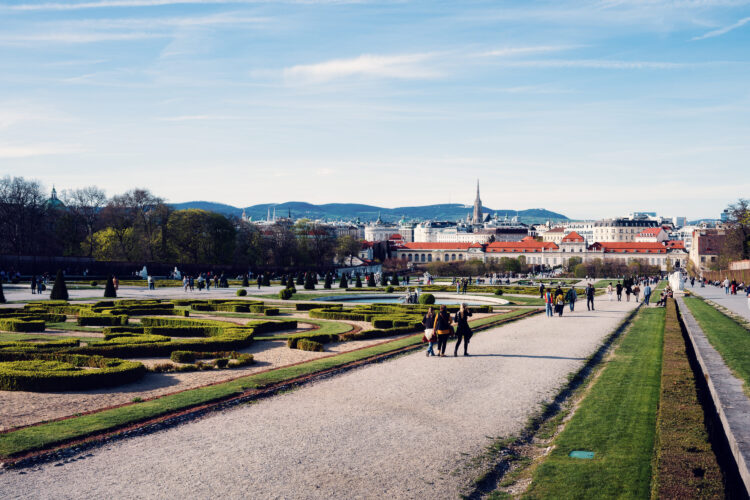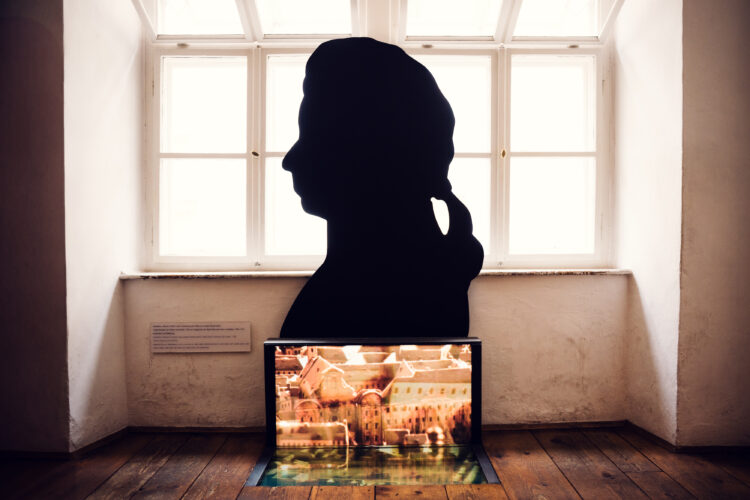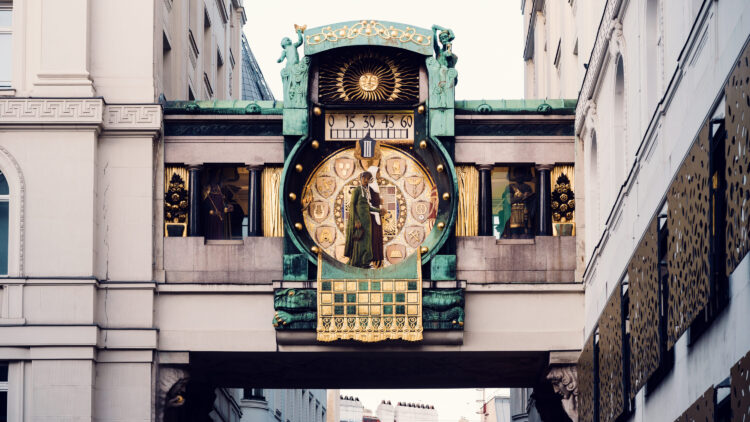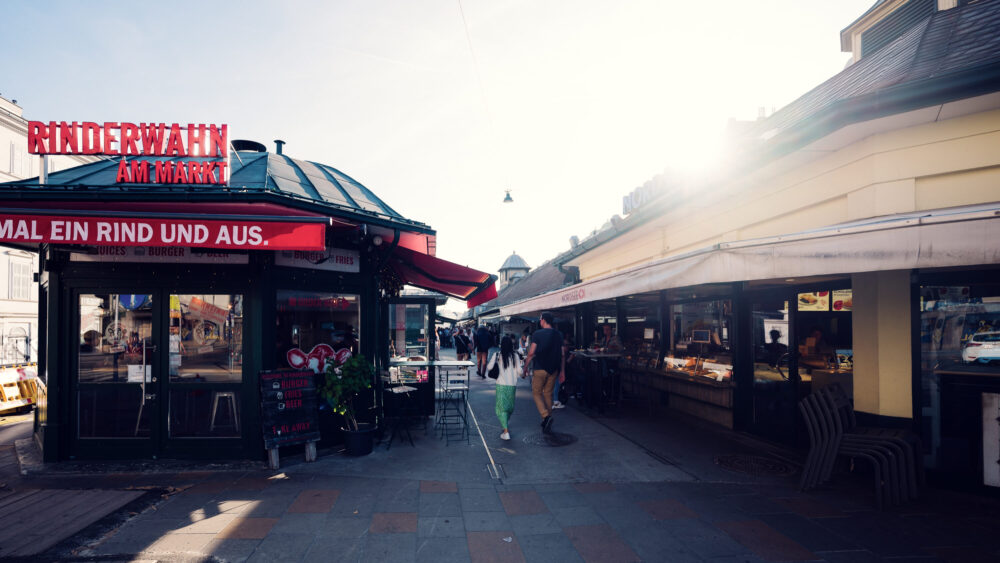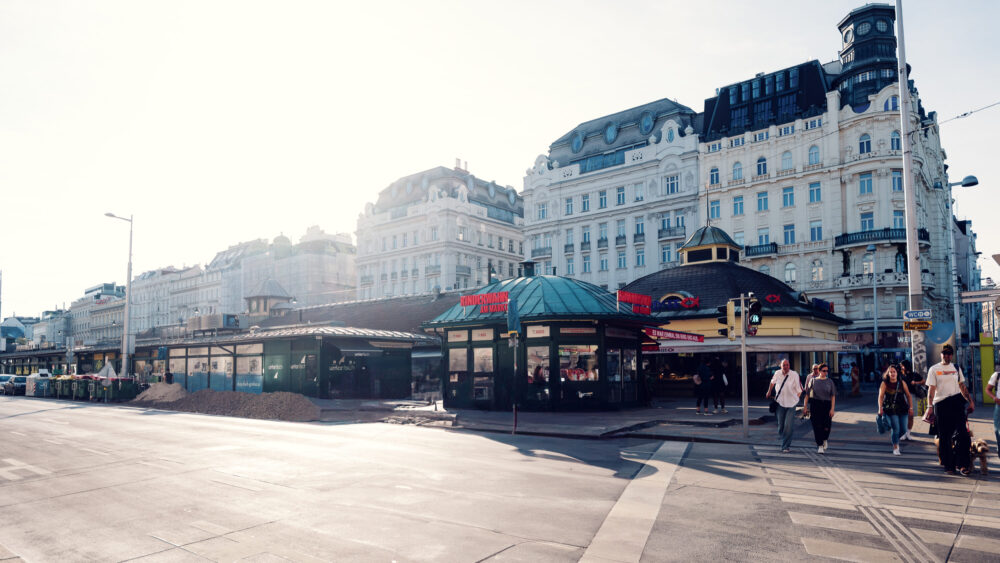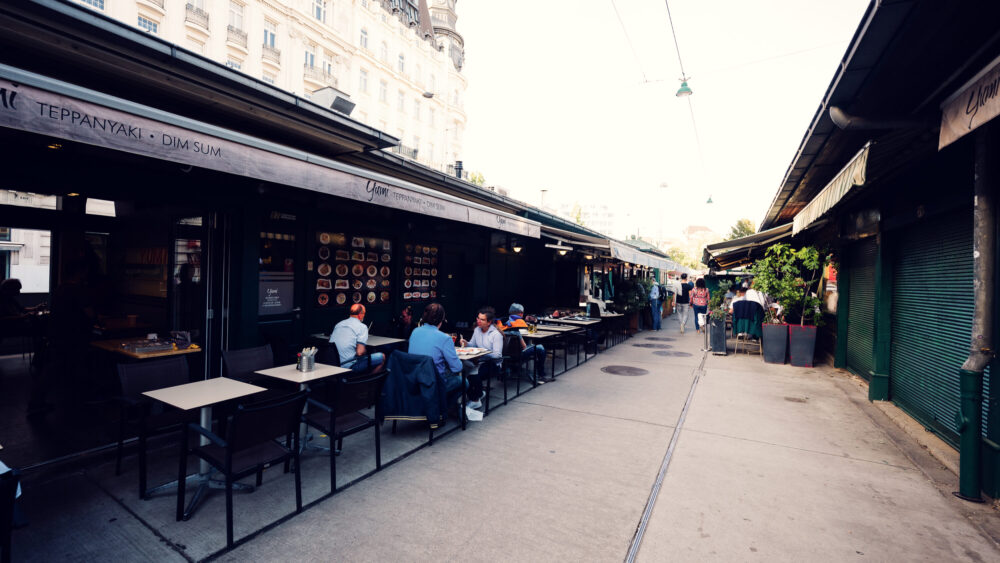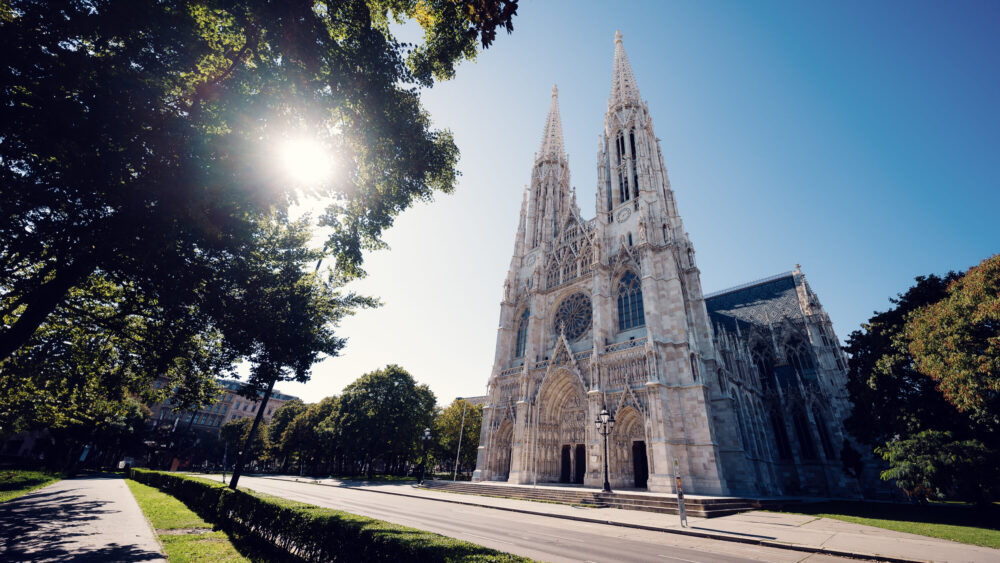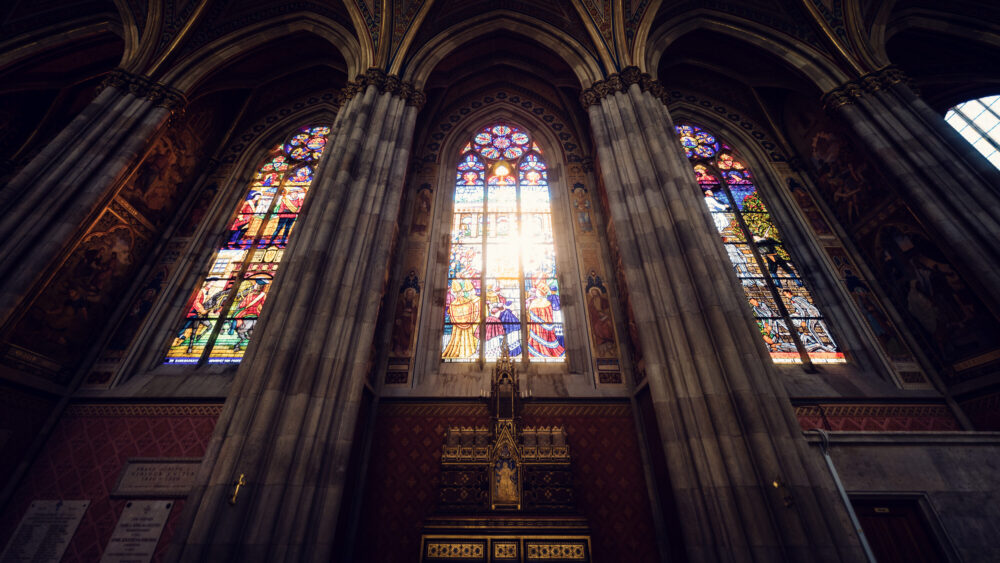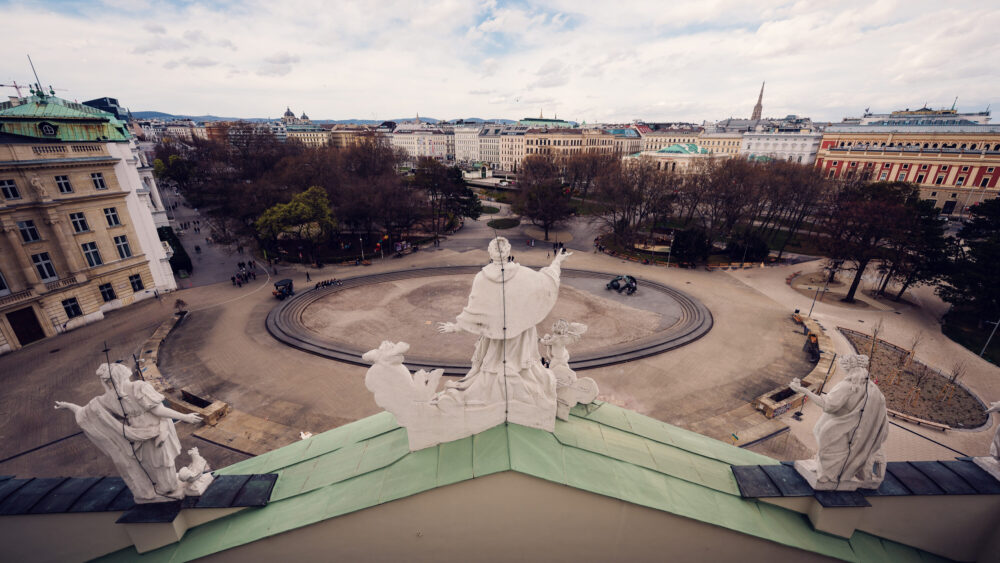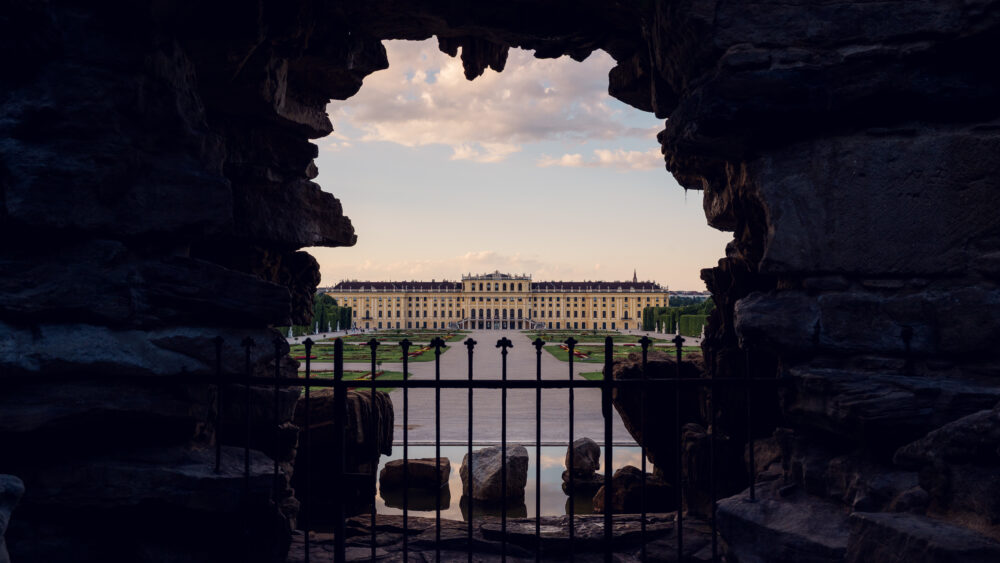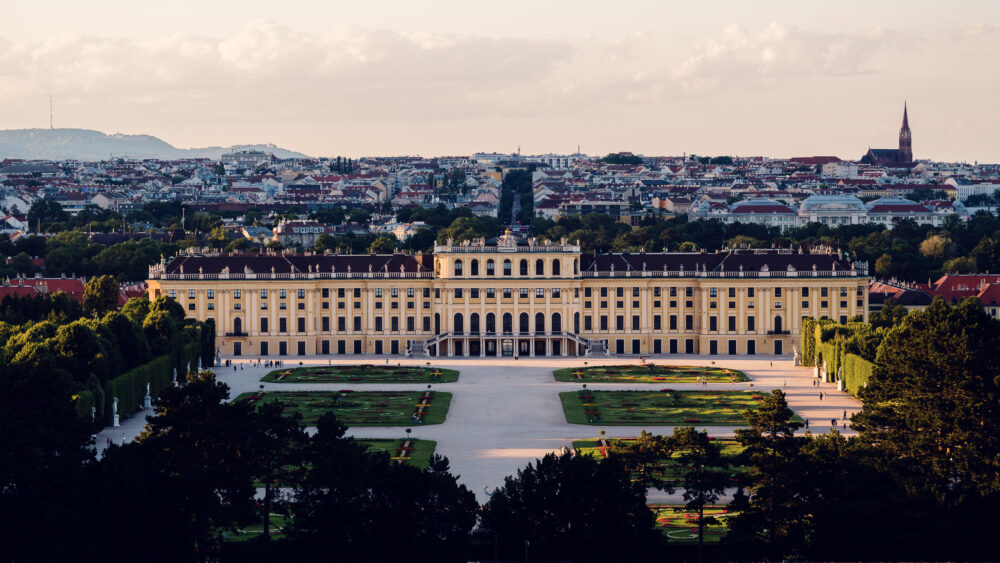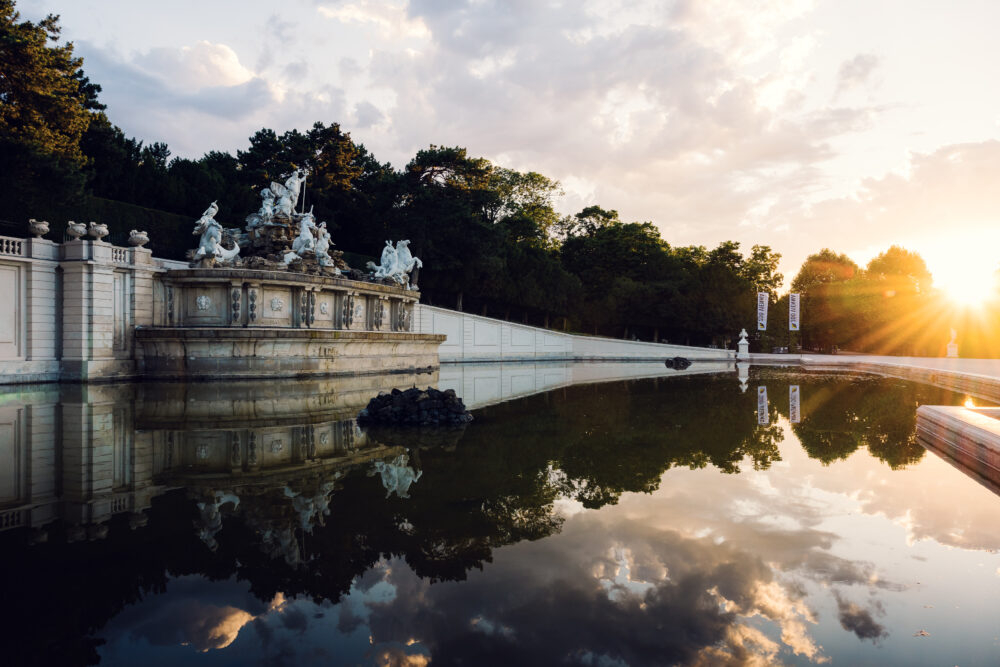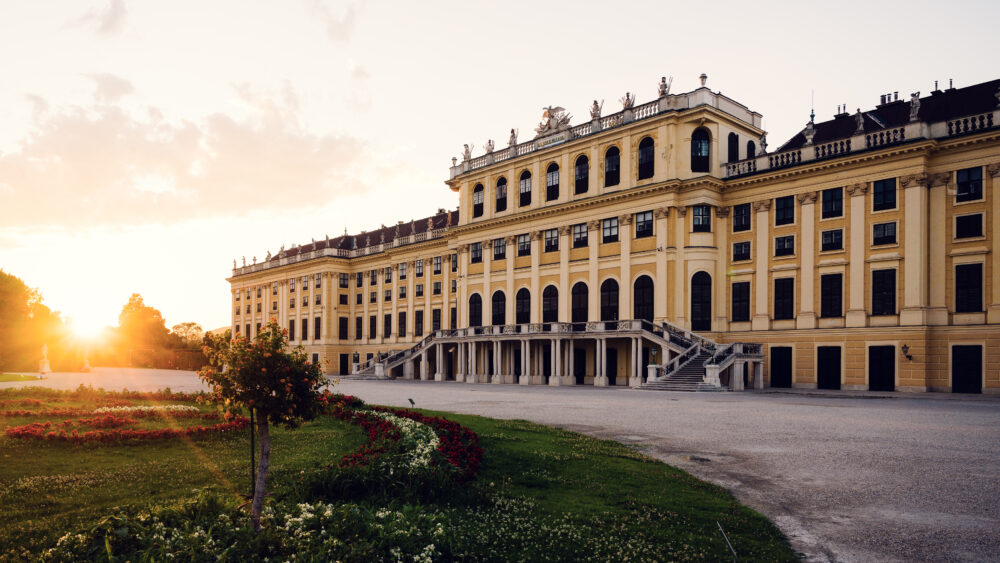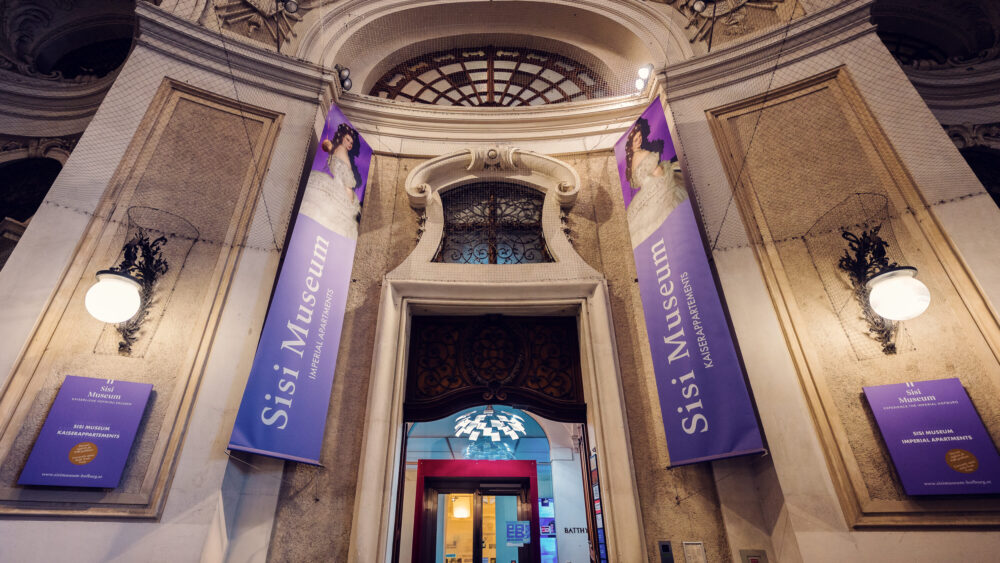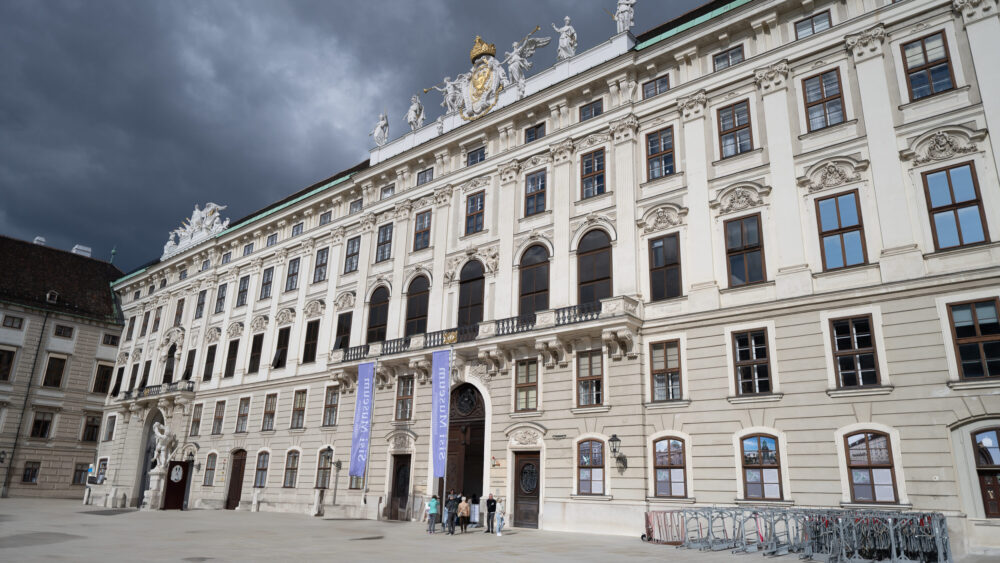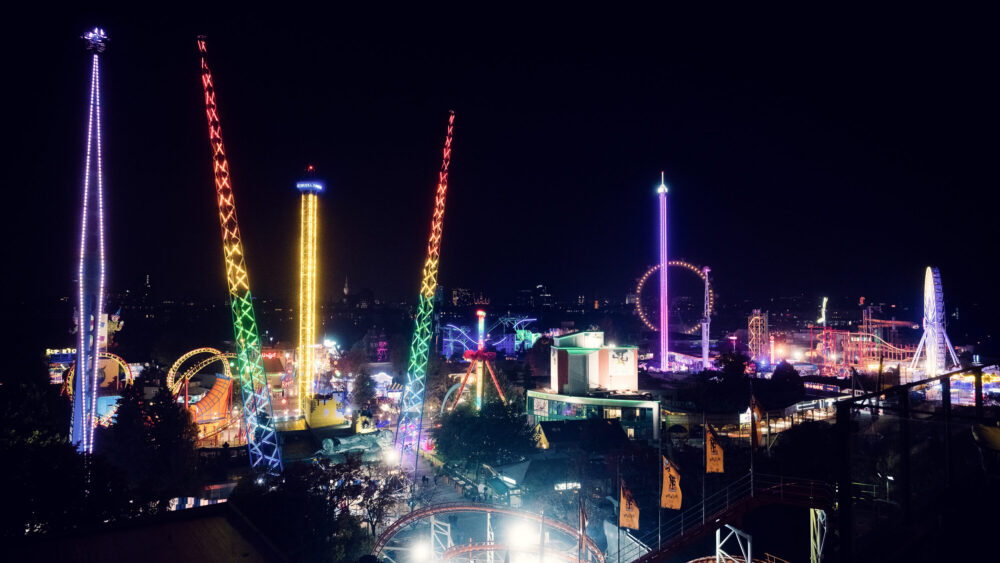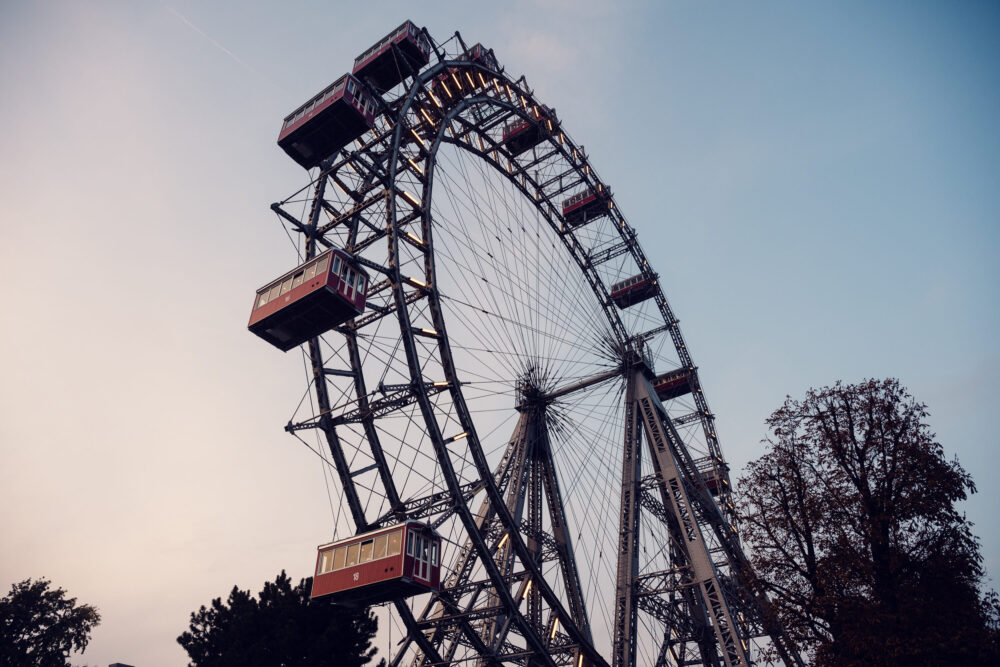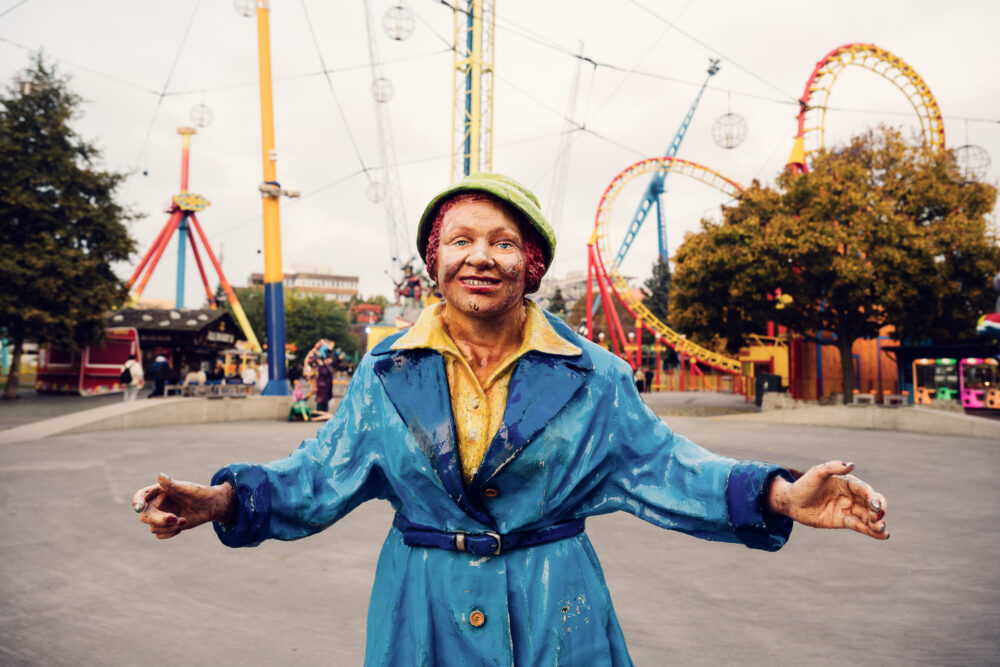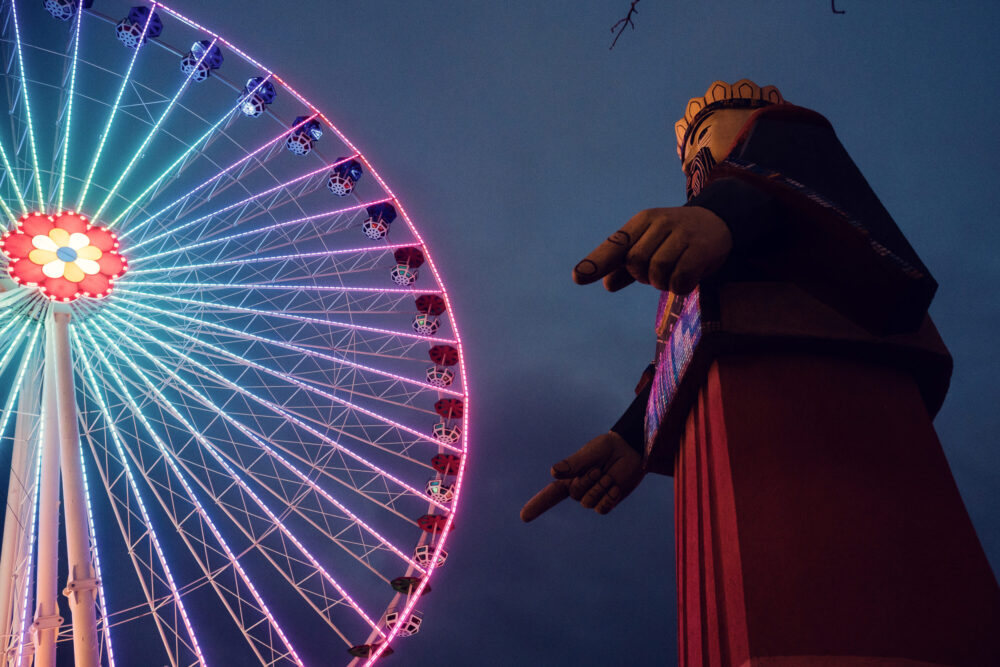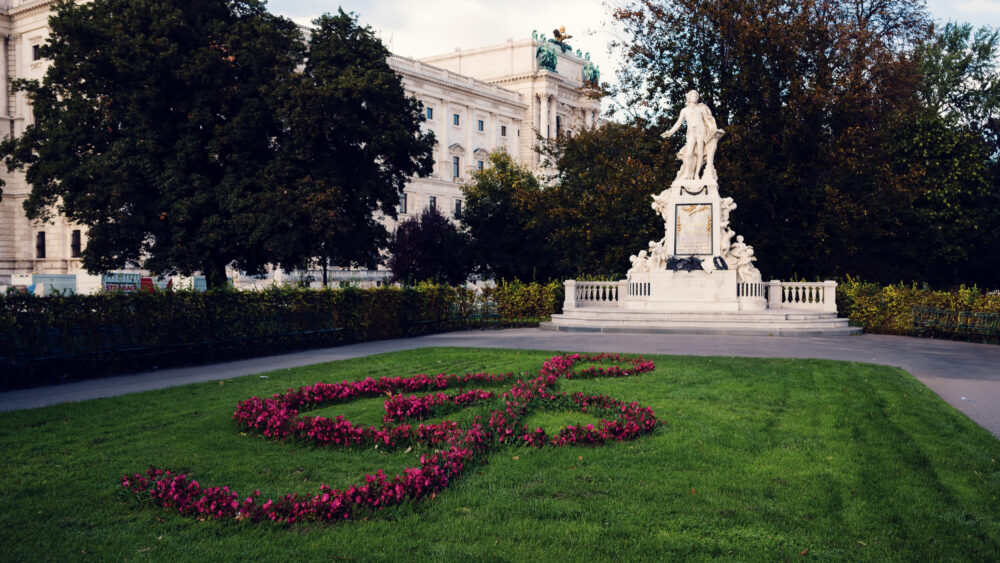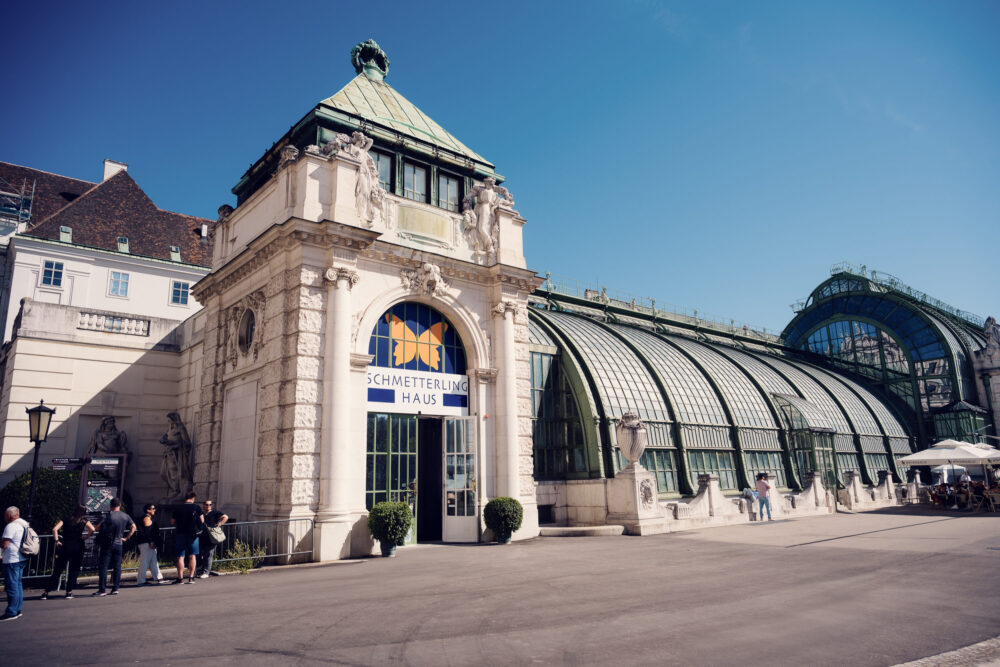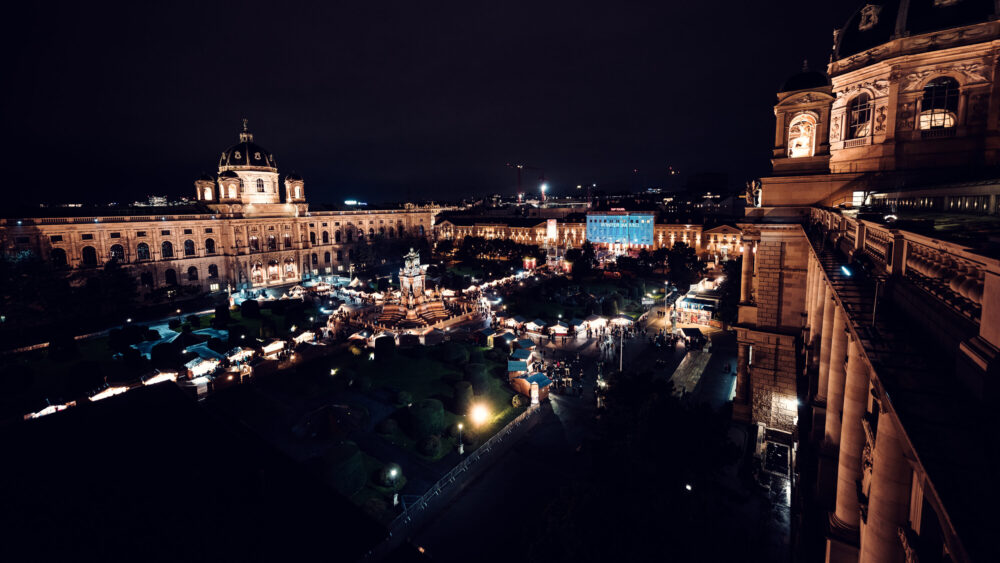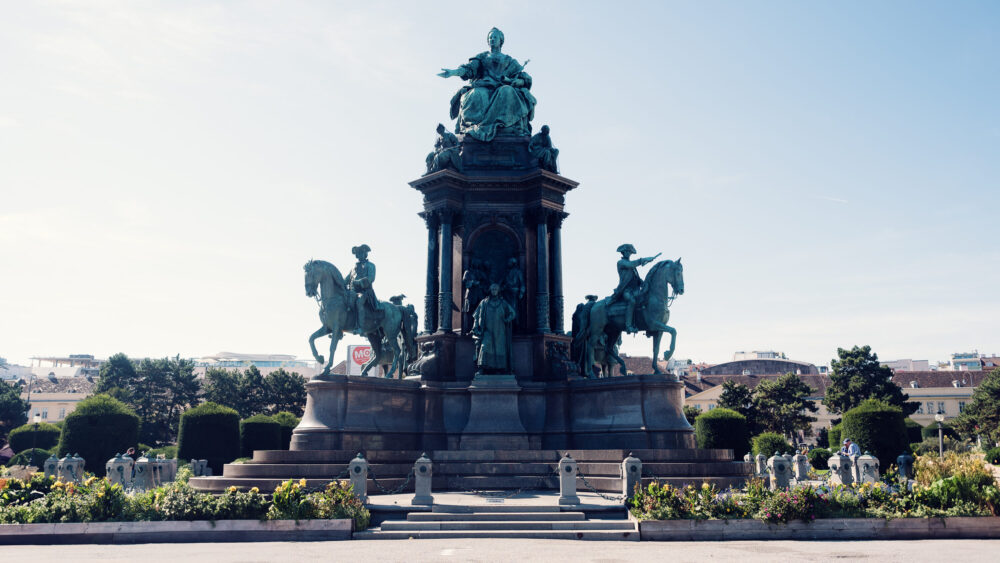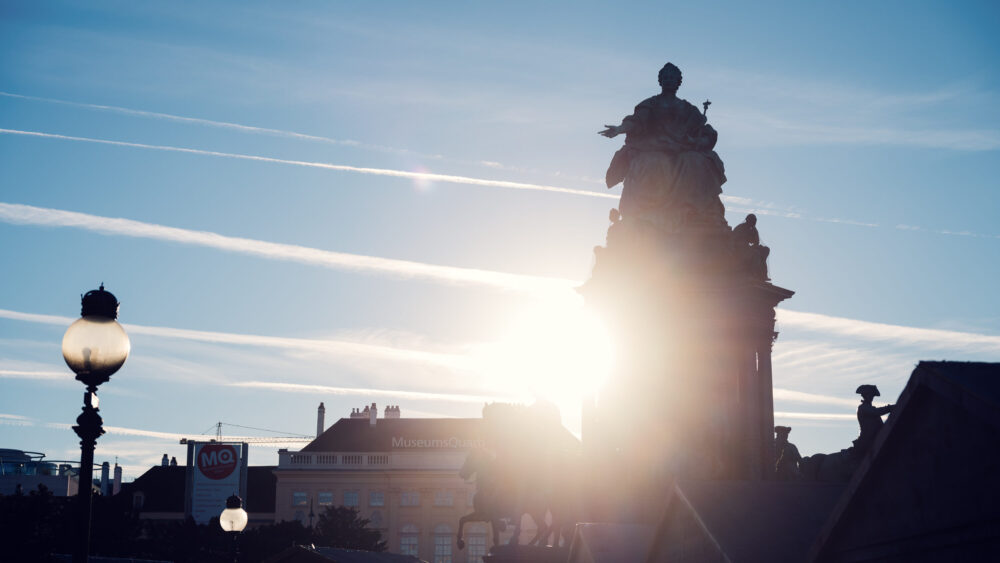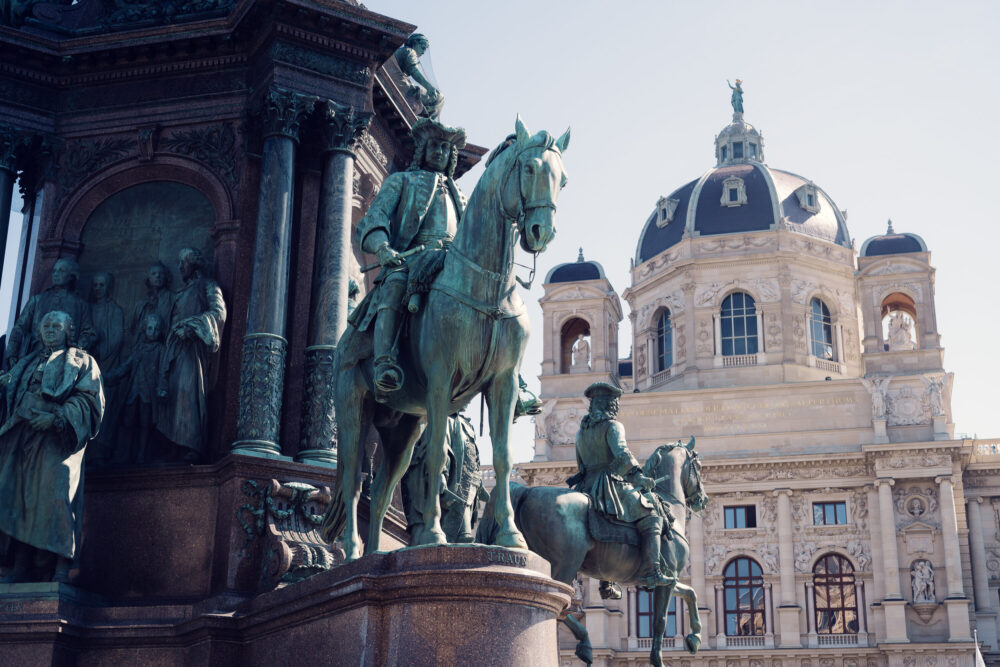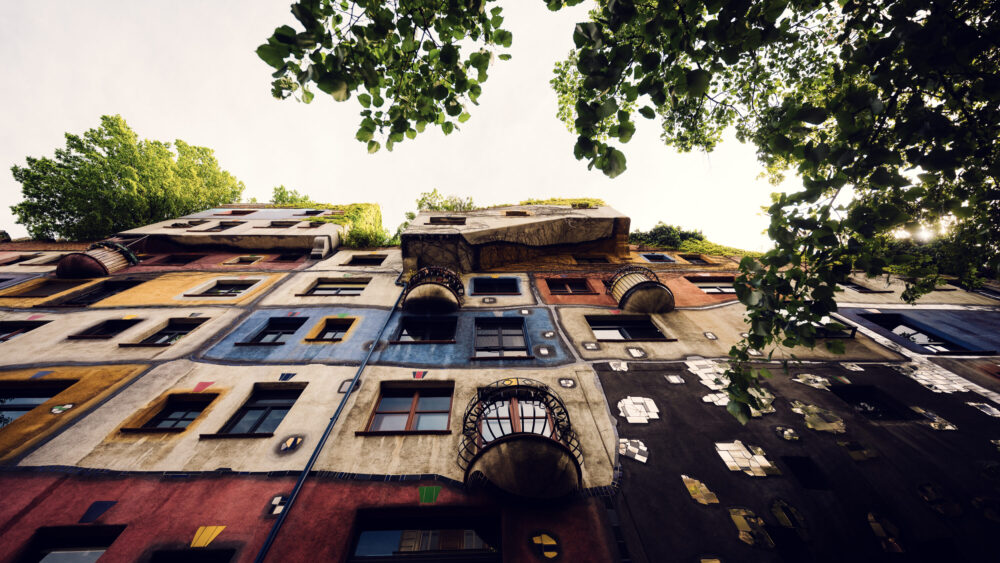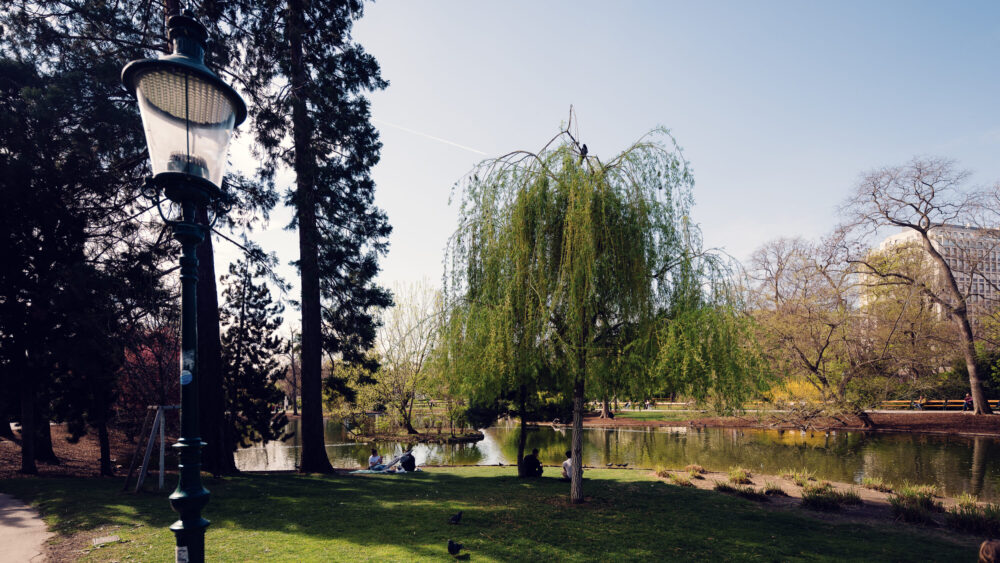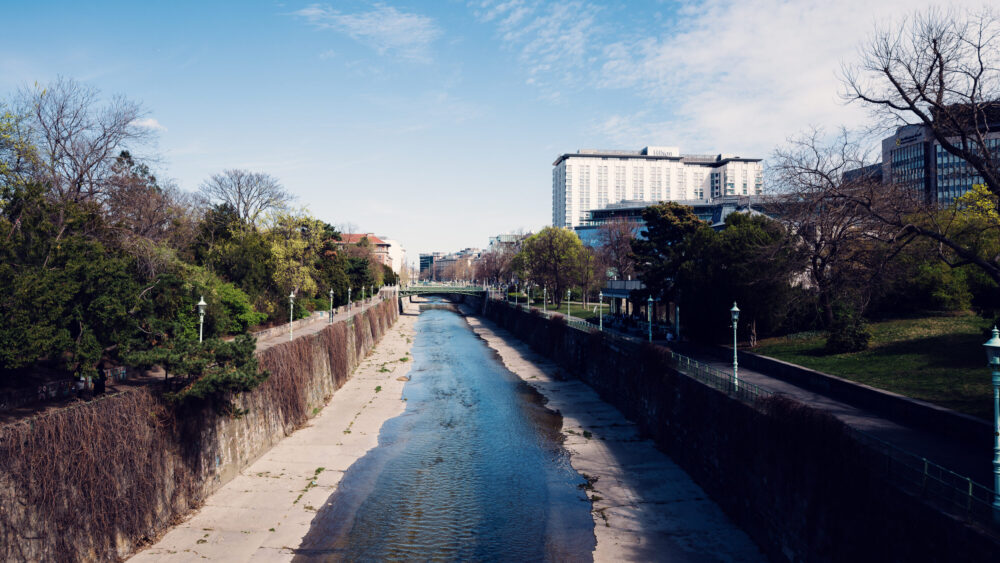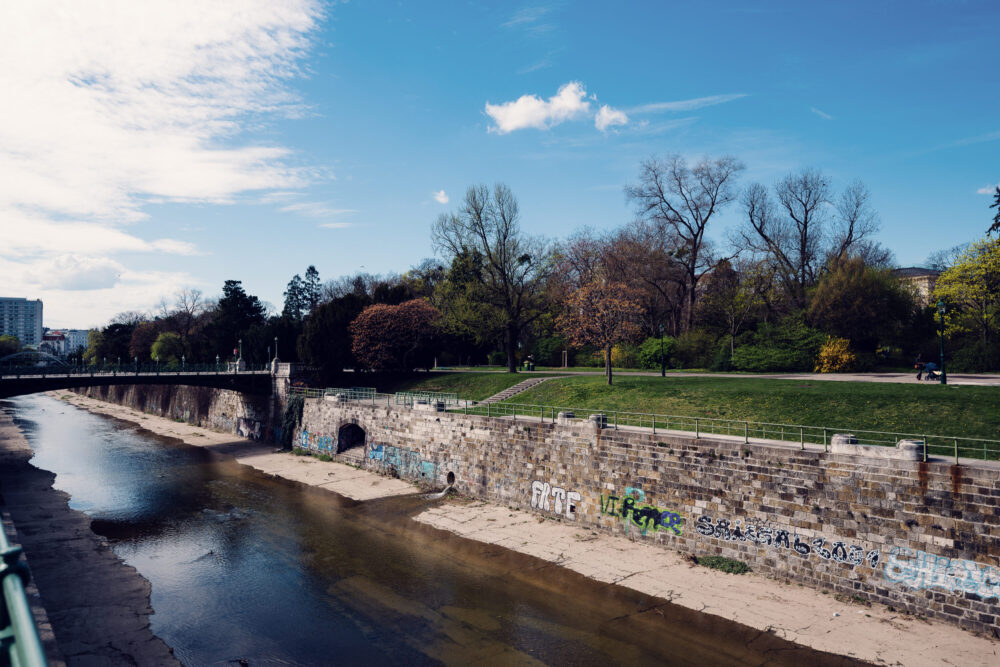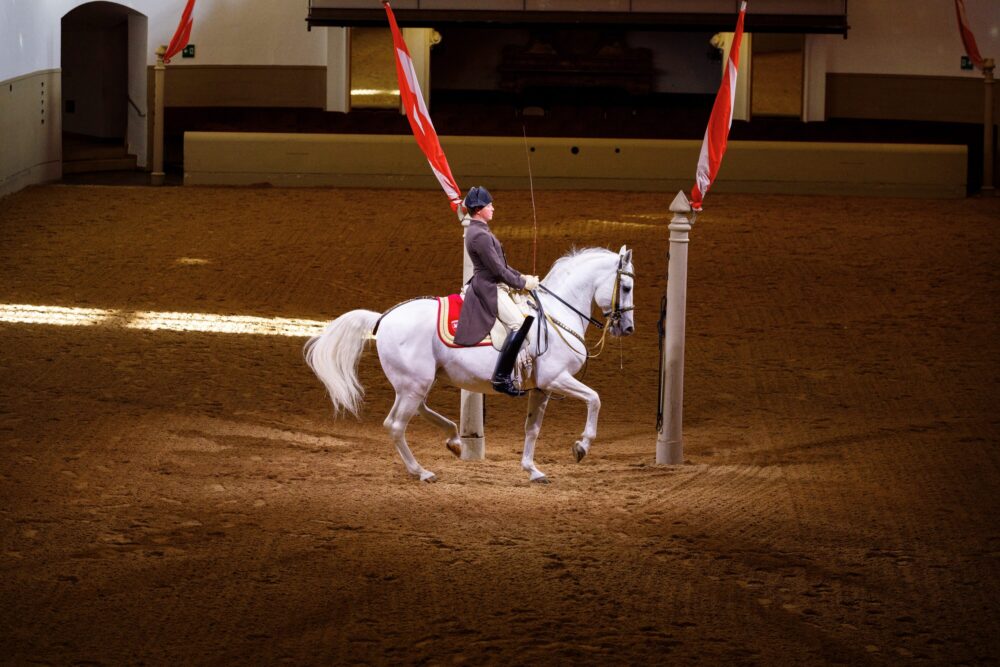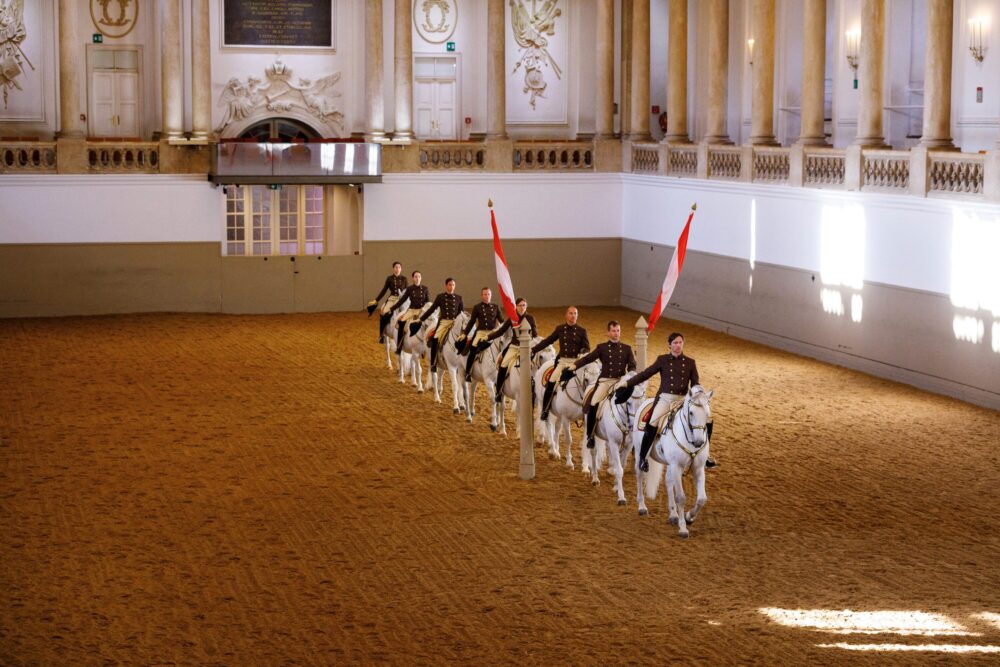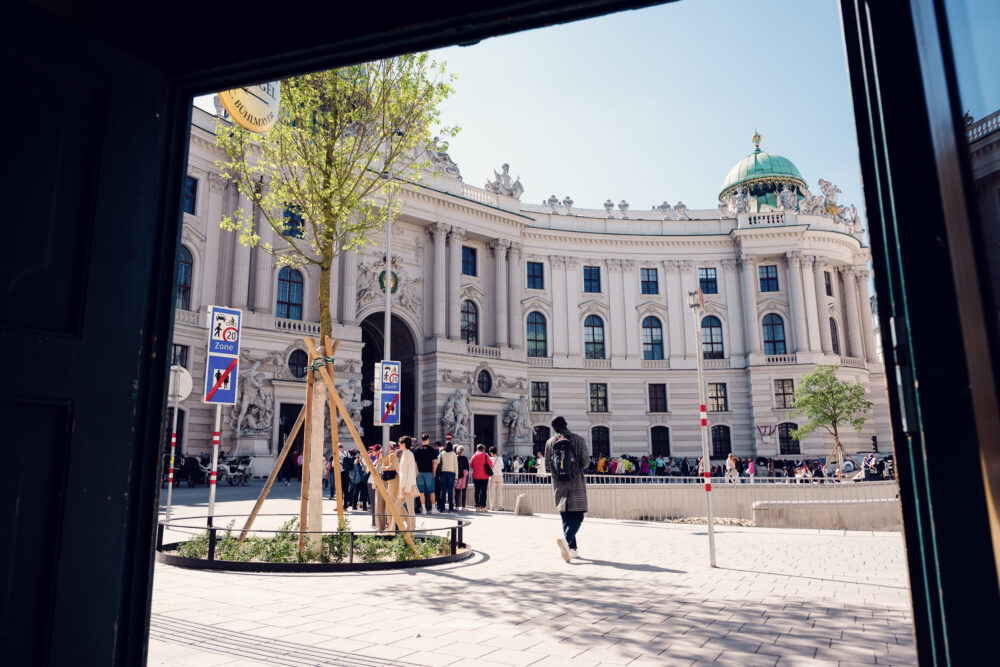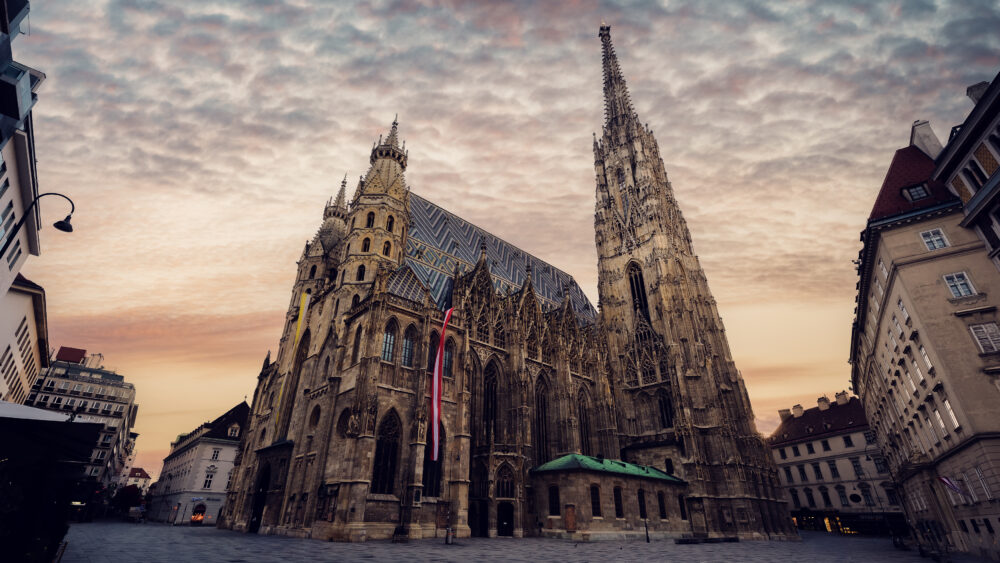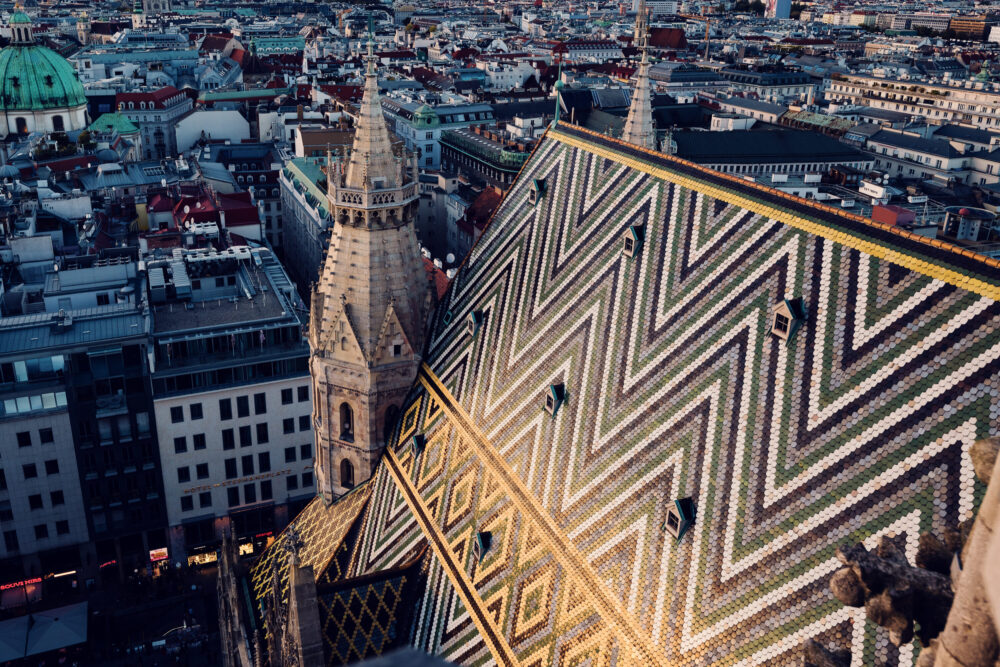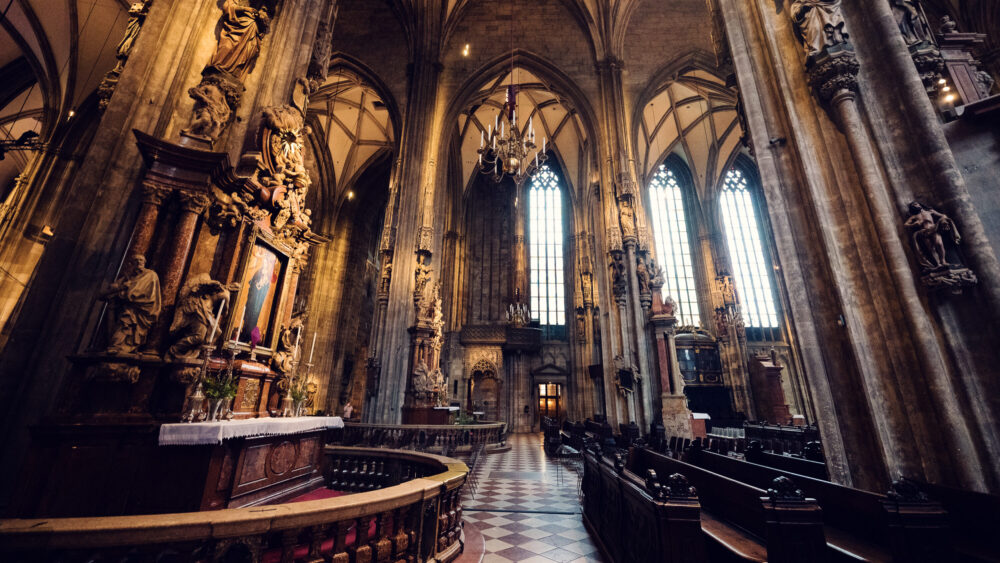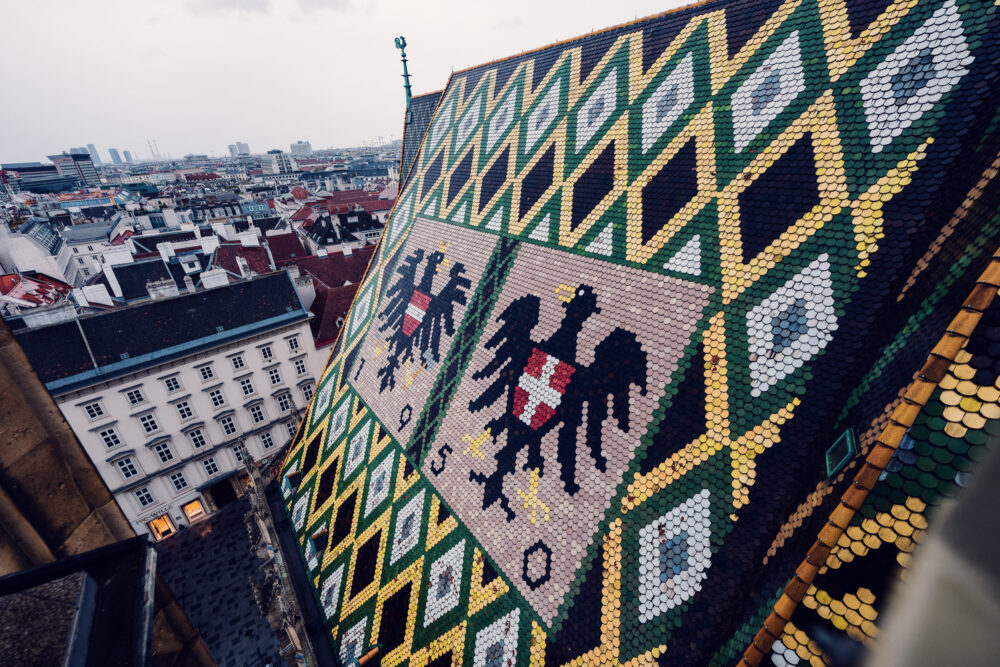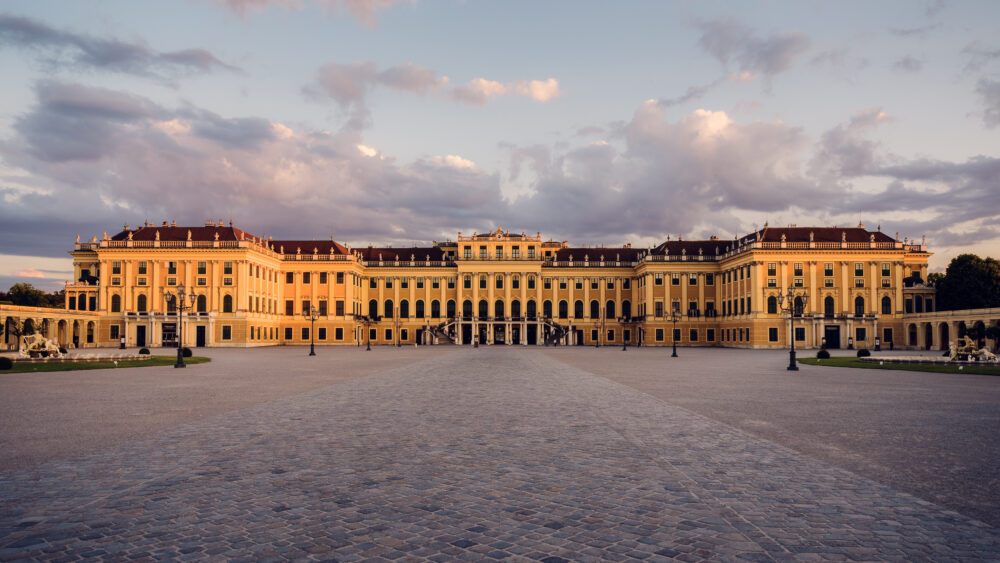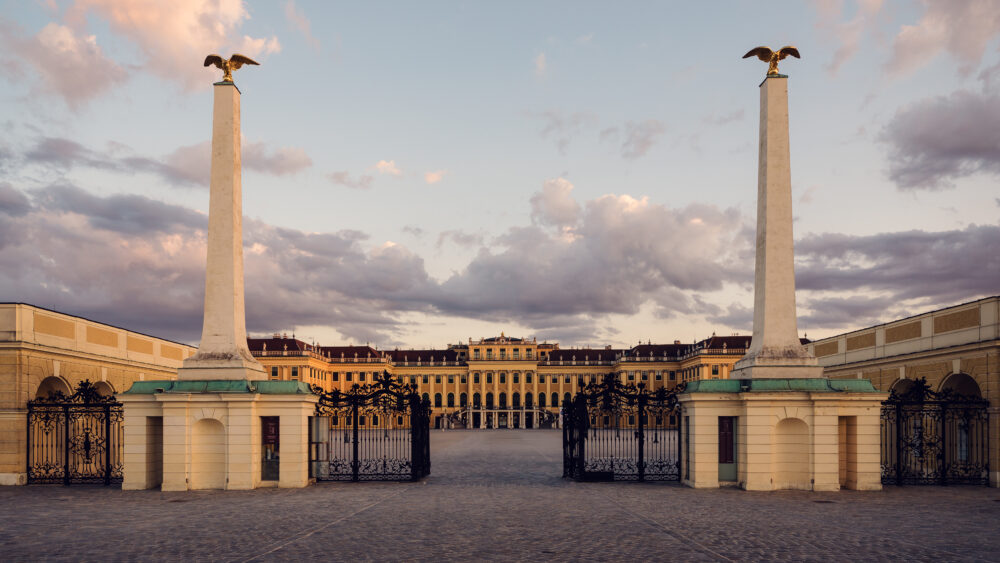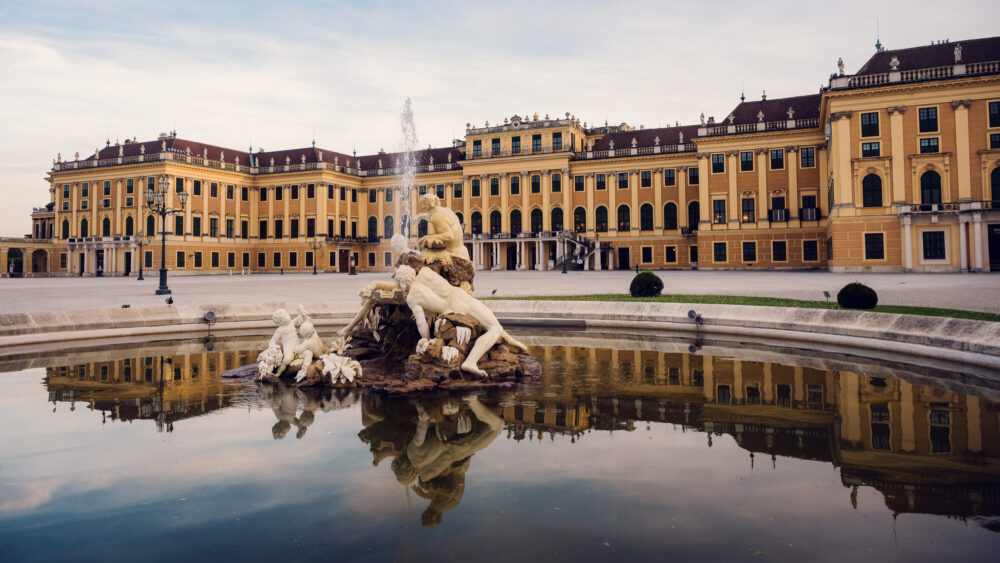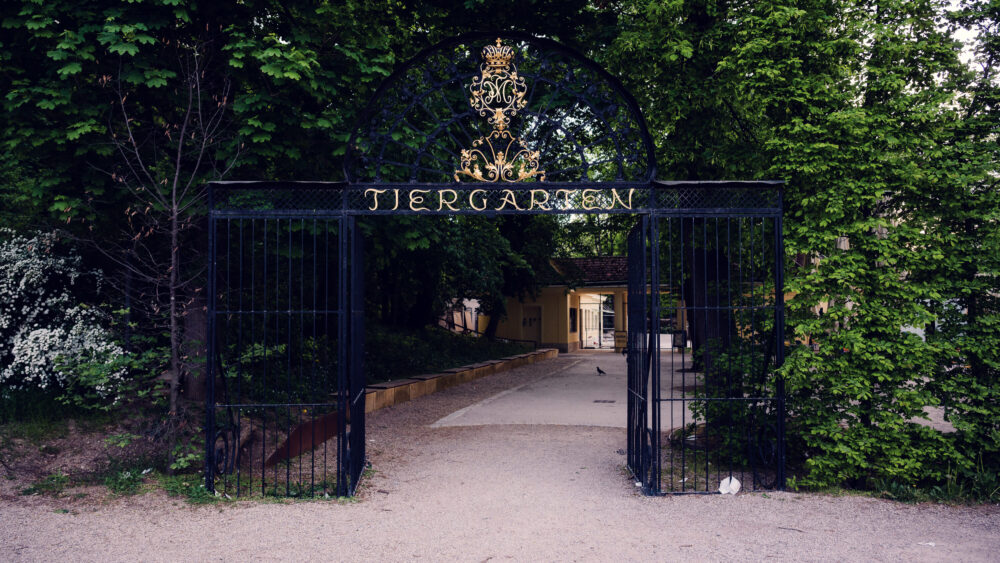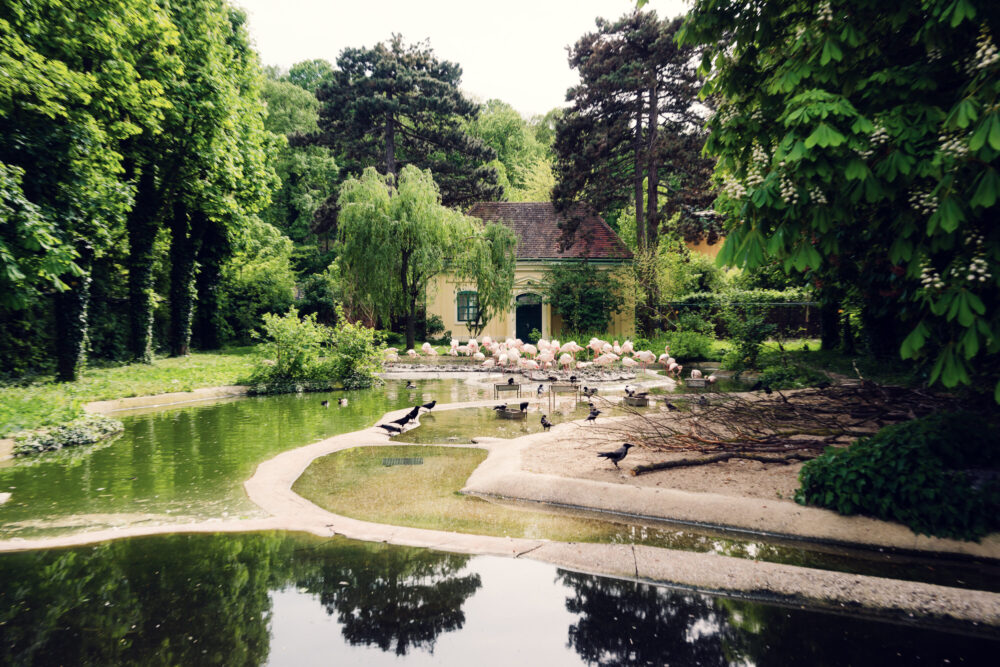Urania: From Observatory to Cultural Landmark
Urania was born from Vienna’s golden age of cultural ambition. At the turn of the 20th century, the city was buzzing with ideas about education, science, and public life. Architect Max Fabiani, a close collaborator of Otto Wagner, designed Urania as part of this movement – a house of knowledge, open to everyone. When it opened in 1910, it quickly became a symbol of accessible learning.
The name was chosen deliberately. Urania, in Greek mythology, is the muse of astronomy – fitting for a building whose central feature was a public observatory. At the time, this was a bold move. Astronomy was largely confined to universities and elite circles, but Urania gave ordinary Viennese the chance to look through a telescope at the stars.
History, however, hasn’t always been kind. Urania was severely damaged during World War II, and the observatory dome and main telescope were destroyed. In the years following, it was painstakingly rebuilt, and by 1957 it was again serving the public. This resilience is part of its identity – Urania is a survivor, adapting to changing times while keeping its original mission alive.
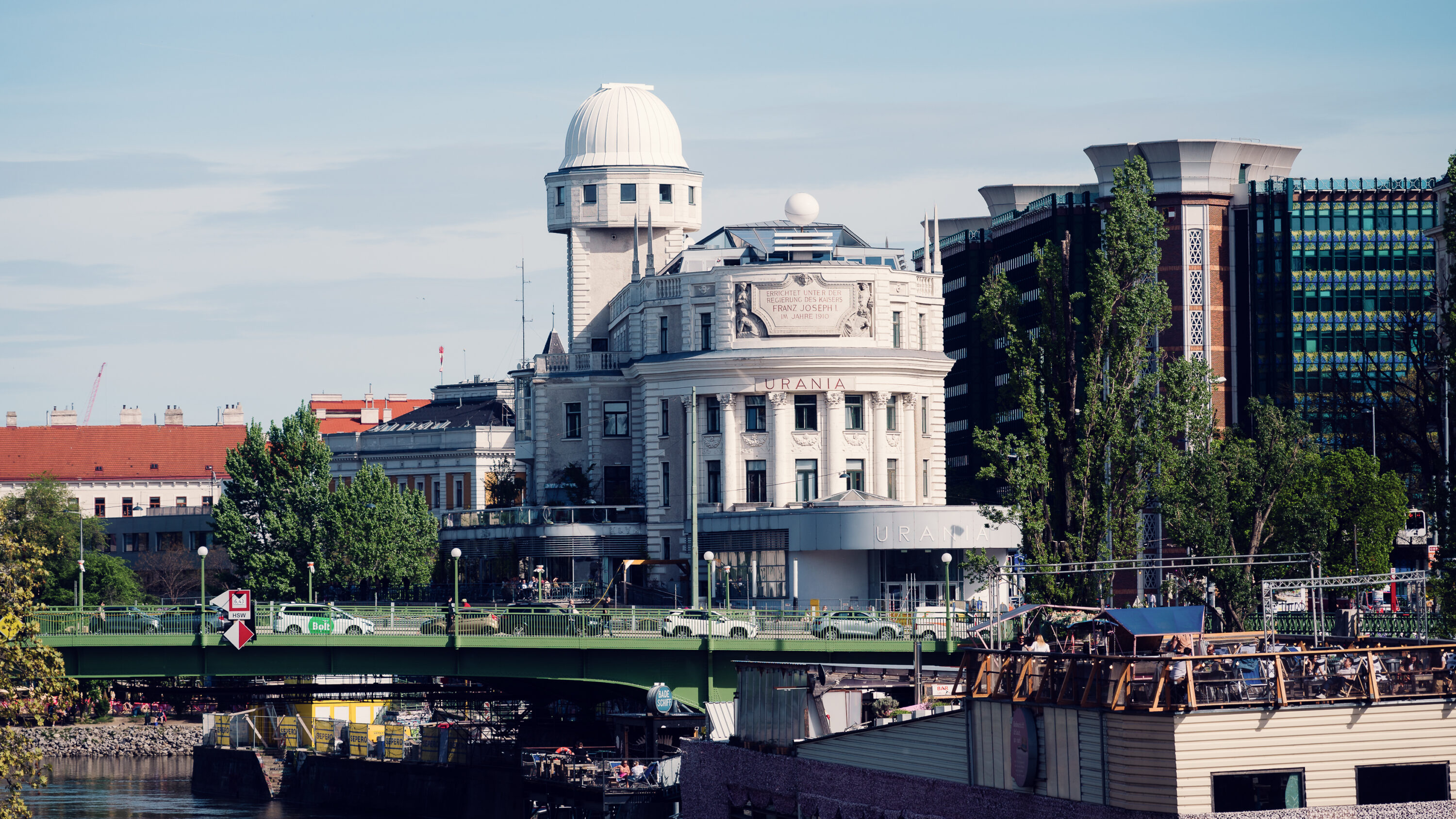
In the second half of the 20th century, Urania became a cultural landmark not just for science, but also for art and film. Its cinema gained a reputation for showcasing international and alternative films, making it a favorite among Vienna’s cinephiles. Simultaneously, the observatory continued to welcome those fascinated by the night sky, and the educational institute offered lectures ranging from philosophy to technology.
Today, Urania feels both historic and contemporary. The exterior still carries Fabiani’s unmistakable architectural flair, with its rounded tower and canal-side presence. Inside, the mix of old-world charm and modern programming reflects Vienna itself – a city proud of its history but unafraid of reinvention.
For visitors, Urania offers a window into a Vienna beyond the imperial façades. It’s a place where you sense the city’s intellectual tradition, where locals gather for cultural events, and where, if the weather is clear, you can stand under the observatory dome and look at the stars. That continuity, paired with the lively canal scene just outside, makes Urania one of the city’s most quietly fascinating places.

